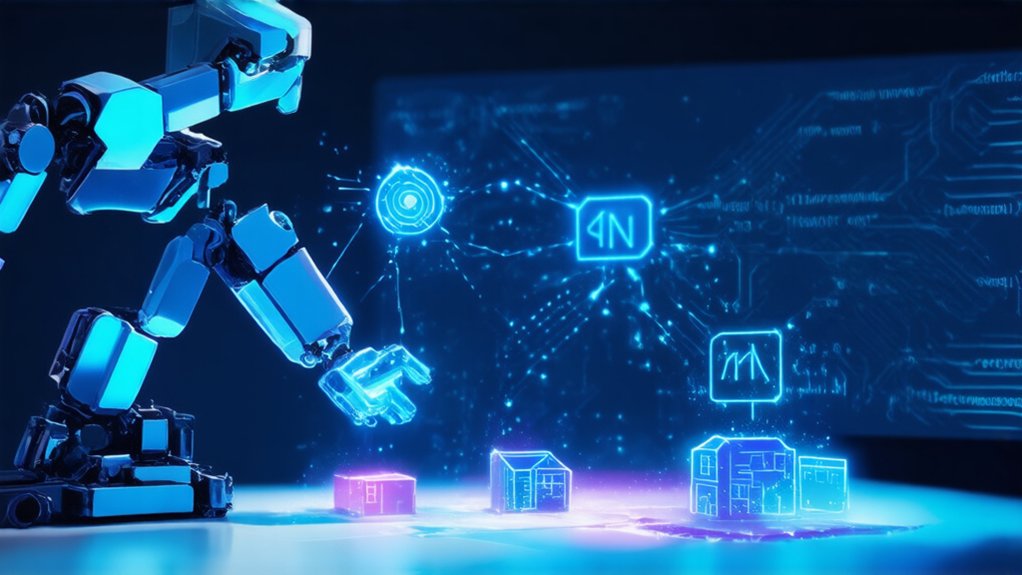In the world of tech buzzwords, AI stands as the big boss—think of it as the ultimate umbrella for machines trying to act human. Artificial Intelligence, or AI, is this broad field in computer science, all about building machines that tackle tasks humans do best. Like learning, problem-solving, or even chatting back. Oh, sure, it’s been around since the early computing days, evolving from fuzzy logic to fancy neural networks. AI mimics human smarts, covering everything from narrow AI—designed for one job, like spotting cats in photos—to the dream of general AI, which could handle anything a person can. But don’t get too excited; it’s still mostly about specific tasks. Moreover, within AI, Machine Learning is the subset that drives data-based learning.
Now, drill down to Machine Learning, or ML, a key subset of AI that’s all about learning from data. ML lets systems spot patterns without someone spelling it out step by step. Take algorithms that predict fraud or recommend movies—pure pattern recognition at work. Cloud platforms are increasingly crucial for deploying and scaling ML solutions effectively.
Drill down to Machine Learning: AI’s subset where systems spot patterns from data, like fraud detection or movie recs, sans step-by-step guidance.
It’s got types like supervised learning, where you feed it labeled data, or unsupervised, which figures things out on its own. Reinforcement learning? That’s when systems learn from trial and error, like a kid messing up before getting it right. ML’s everywhere, from medical diagnoses to image recognition. Bluntly put, it’s AI’s workhorse, making predictions without the fluff.
Then there’s Generative AI, or GenAI, this flashy branch that cranks out new stuff. Using ML tricks, it creates text, images, or even music from patterns in massive datasets. Think of it as AI’s creative sidekick, churning out original content that mimics human work.
Technologies like GANs or LLMs power it, generating art or code on demand. Applications? Endless—data augmentation, personalized experiences, you name it. But here’s the sarcasm: GenAI’s great until it spits out something ridiculous, like a robot poet with no soul.
When comparing AI, ML, and GenAI, it’s all about scope. AI’s the big picture, encompassing human-like intelligence. ML narrows it to learning from data, while GenAI zooms in on creating novel outputs.
They’re linked, sure, but distinct. AI dreams big; ML gets practical; GenAI plays artist. In this tech frenzy, understanding these differences cuts through the hype—straightforward, no nonsense. Additionally, as highlighted in AI characteristics, Generative AI produces novel outputs based on patterns in training data, setting it apart from traditional methods.


